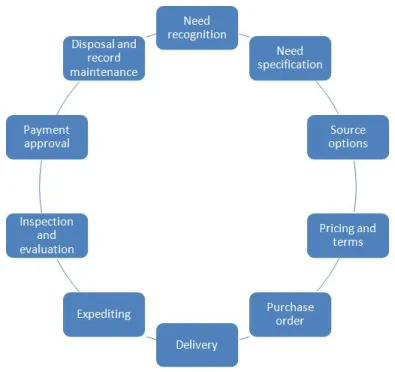Process Excellence vs. Process Improvement: Understanding the Differences
- donnariekepro
- Aug 28, 2024
- 3 min read
In the realm of business operations, the terms “process excellence” and “process improvement” are often used interchangeably. However, while they share common goals of enhancing efficiency and performance, they represent distinct approaches with unique strategies and outcomes. This blog will explore the differences between process excellence and process improvement, helping you understand which strategy might best suit your organization.
What is Process Improvement?
Process improvement is the systematic approach to identifying, analyzing, and enhancing existing processes within an organization. The focus is on making incremental changes to improve efficiency, reduce waste, and enhance productivity. This approach is often reactive, addressing specific issues or inefficiencies as they arise.
Key Features of Process Improvement:
Incremental Changes: Process improvement involves making small, gradual changes that cumulatively result in significant improvements.
Problem-Solving Focus: It targets specific problems or bottlenecks within a process, aiming to eliminate or mitigate these issues.
Employee Involvement: Employees at all levels are often involved in identifying areas for improvement, making it a collaborative effort.
Tools and Methodologies: Common tools used in process improvement include Six Sigma, Lean, and Kaizen, which provide structured approaches to enhancing processes.
Examples of Process Improvement:
Reducing the time it takes to complete a particular task by refining the steps involved.
Implementing new technology to streamline communication within a team.
What is Process Excellence?
Process excellence, on the other hand, is a broader, more strategic approach that aims to achieve optimal performance across all processes within an organization. It is not just about making improvements but about embedding a culture of continuous excellence and innovation. This approach is proactive, focusing on maintaining high standards and preventing problems before they occur.
Key Features of Process Excellence:
Holistic Approach: Process excellence looks at the organization’s processes as a whole, striving for optimal performance across the board.
Continuous Improvement: Unlike process improvement, which is often reactive, process excellence is an ongoing effort to maintain and enhance performance.
Strategic Alignment: It aligns process optimization with the organization’s strategic goals, ensuring that all improvements contribute to long-term success.
Cultural Integration: Process excellence involves creating a culture where every employee is committed to achieving and maintaining high standards of performance.
Examples of Process Excellence:
Developing a comprehensive quality management system that continuously monitors and improves processes.
Creating a company-wide initiative to foster innovation and efficiency across all departments.
Key Differences Between Process Excellence and Process Improvement
Scope and Focus:
Process improvement is often focused on specific processes or tasks, addressing immediate problems or inefficiencies.
Process excellence takes a broader view, aiming for the highest possible standard across all processes within an organization.
Approach:
Process improvement is typically reactive, initiated in response to identified problems or inefficiencies.
Process excellence is proactive, focusing on maintaining and improving high standards before issues arise.
Goal:
The goal of process improvement is to make specific processes more efficient and effective.
The goal of process excellence is to achieve and sustain optimal performance across the entire organization.
Cultural Impact:
Process improvement may involve specific teams or departments, with a focus on solving problems within those areas.
Process excellence requires a cultural shift, where the entire organization is committed to continuous improvement and high performance.
Which Approach is Right for Your Organization?
Choosing between process improvement and process excellence depends on your organization’s current needs and long-term goals. If your primary concern is addressing specific inefficiencies or solving immediate problems, process improvement may be the right approach. However, if you’re looking to create a sustainable, high-performing organization that continuously innovates and excels, process excellence might be the better choice.
Conclusion
Understanding the differences between process excellence and process improvement is crucial for selecting the right strategy for your business. While both approaches aim to enhance efficiency and performance, they do so in different ways. Process improvement focuses on making specific, incremental changes, while process excellence is about achieving and maintaining the highest possible standards across the entire organization. By aligning your approach with your strategic goals, you can ensure that your processes contribute to your long-term success. SITES WE SUPPORT
SOCIAL LINKS




Comments